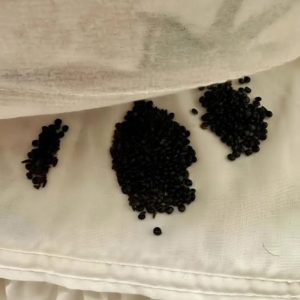The phenomenon of painting the lower trunks of trees white serves a crucial purpose in preventing sunscald, a potentially damaging occurrence during winter. Drastic temperature fluctuations between bone-chilling nights and sun-drenched days can induce bark splitting, a vulnerability that tree enthusiasts strive to shield against. The strategic application of light-colored paint acts as a shield, preventing the overheating of the wood and thwarting the emergence of future splits and cracks. This protective measure is commonly employed on slender residential trees or those gracing orchards with their fruitful bounty.
Crucially, the choice of paint is paramount, and water-based latex paint takes center stage in this horticultural performance. Dilution becomes an art form, with the ideal mix being one gallon of paint to an equivalent gallon of water. Some enthusiasts opt for a mixture comprising equal parts water, latex paint, and joint compound, crafting a concoction that not only shields against the elements but also acts as a deterrent to boring insects seeking to wreak havoc on the tree.
In the vibrant world of tree enthusiasts, the act of painting trees white emerges not as a mere aesthetic choice but as a strategic defense against nature’s unpredictable whims.






